The new year often brings with it a sense of possibility—a time to explore new ideas and creative pursuits. For me, 2025 began with my first webinar on growing your own colors, an experience that reminded me of the magic in working with nature. Starting a dye garden is an invitation to step into a world of creativity, connection, and discovery. It’s about more than just growing plants—it’s about nurturing the soil, supporting pollinators, and finding joy in the rhythm of the natural world.
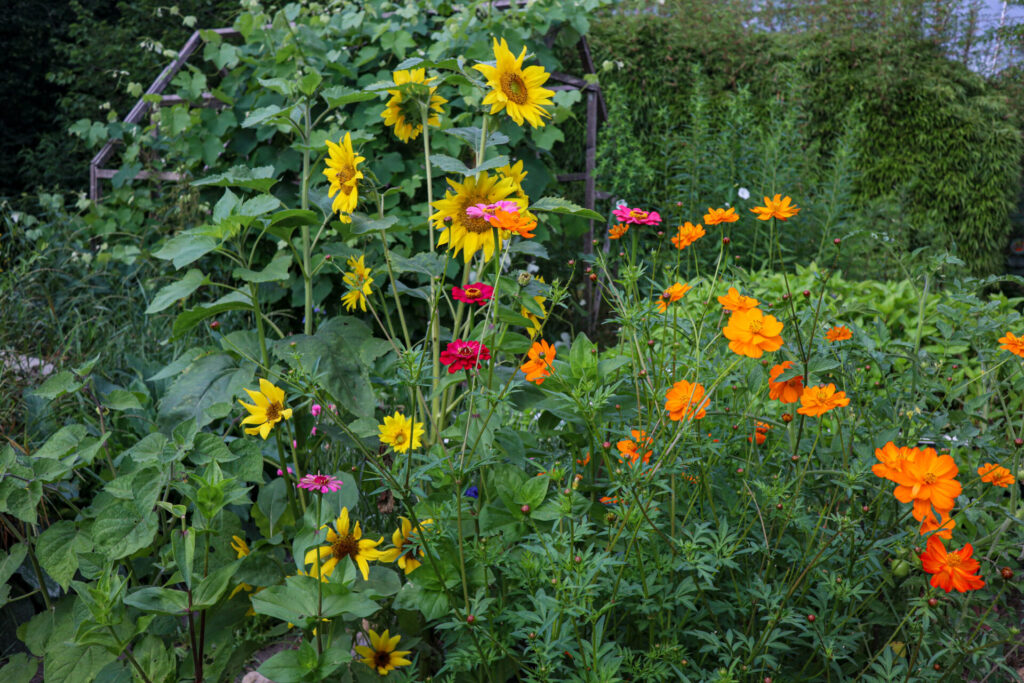
Being influenced by my experience on a regenerative CSA organic farm for a decade, I became passionate about the idea of cultivating a garden of my own. But there was one hurdle—I didn’t have land. However, as life often does, it opened up a door. I connected with an organic gardener who gets regularly featured on Austria’s national television, Angelika Ertl. She generously offered me a plot of her land to pursue my gardening passion. It was the perfect opportunity to start, and so I dove in, learning as I went along. Alongside this, I started experimenting on my balcony to compare how gardening differed in containers versus on a full plot of land. This was an invaluable experience, giving me insight into how the environment and available space affects the plant growth.
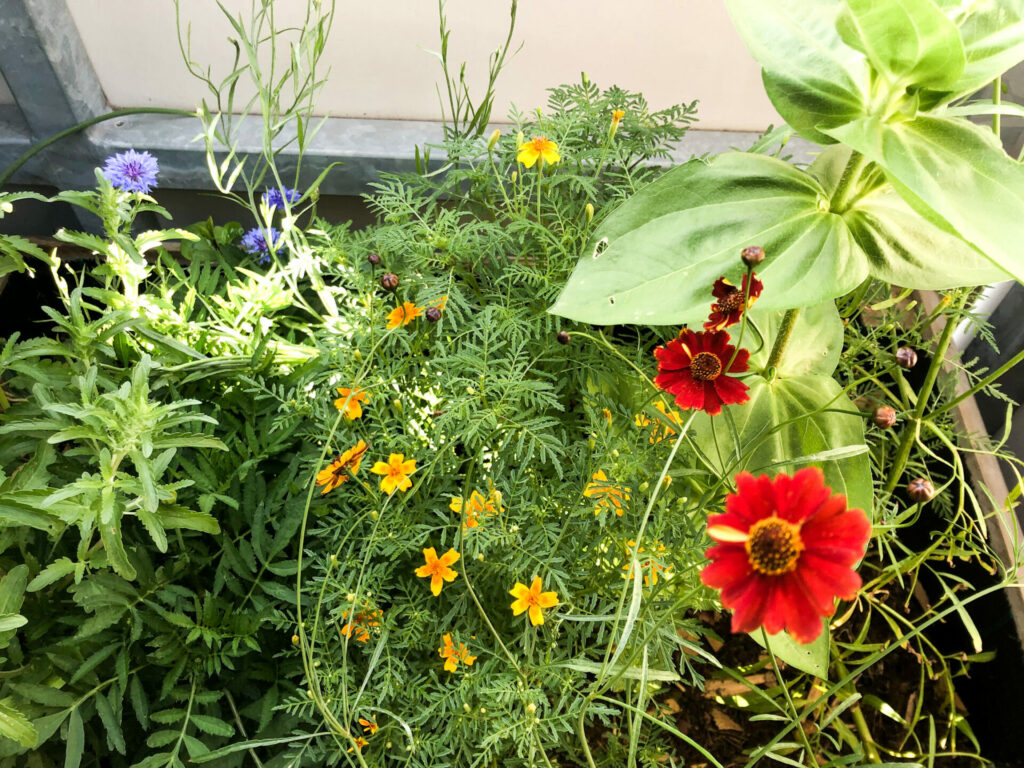
Over time, I transformed the small patch of land into a thriving dye garden . Last year, I also established an unused plot of land at at our son’s school ( Freie Waldorrfschule, Graz) , where I had the opportunity to do hands on workshop with fresh leaves of Japanese Indigo with my son’s class . I also conducted a couple of workshops for parents interested in the world of natural colors.
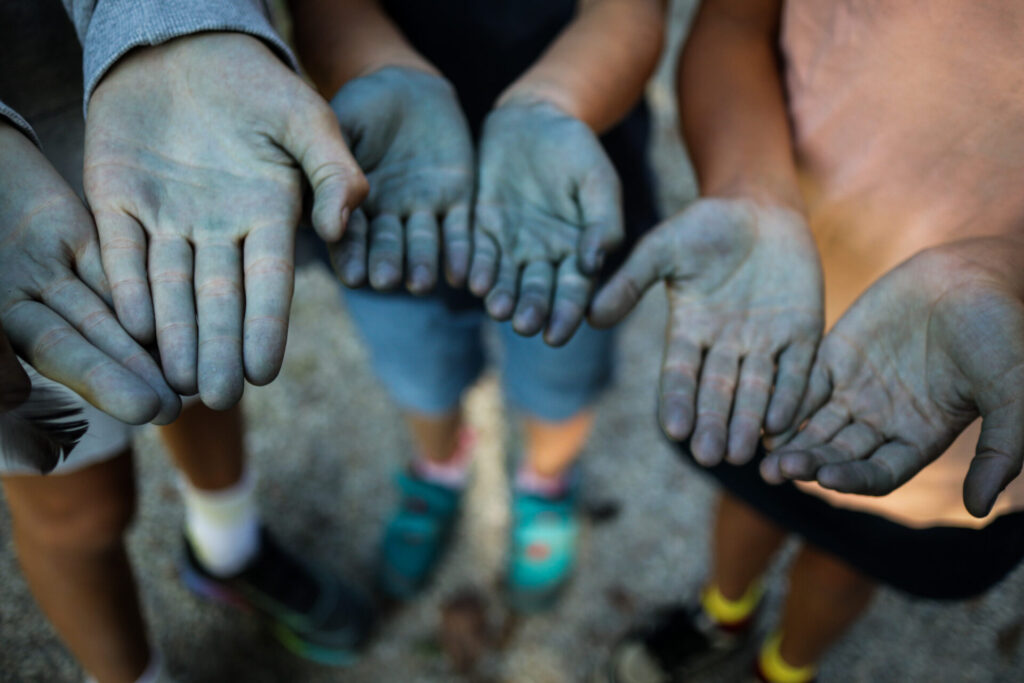
Fresh leaf Indigo workshop, Freie Waldorfschule Graz
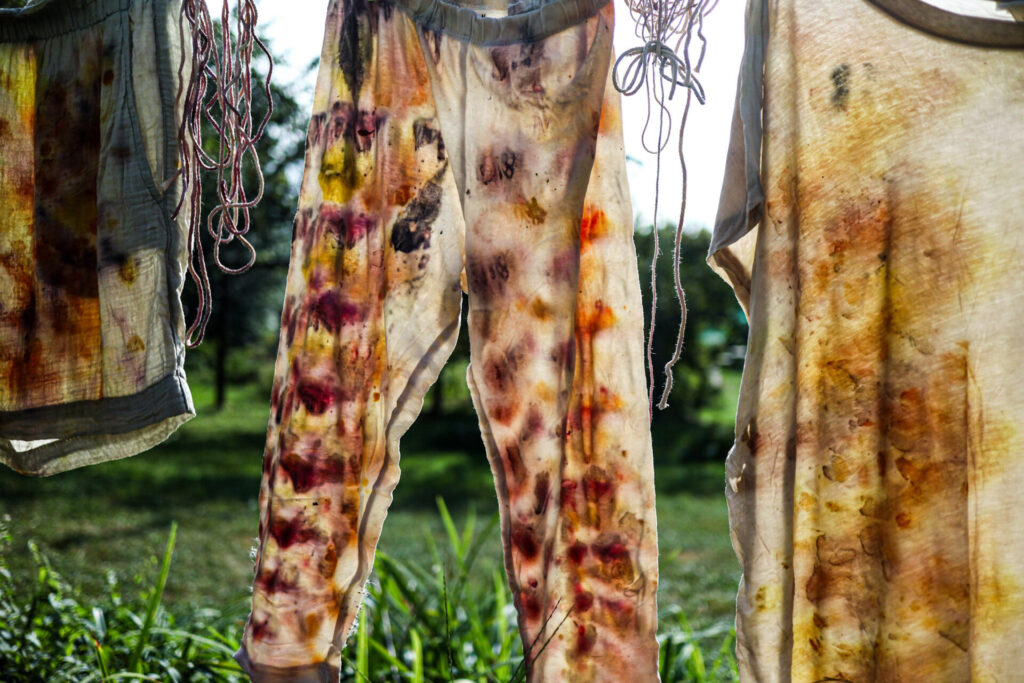
Bundle Dyeing without mordants workshop, Freie Waldorfschule, Graz
Gardening, I’ve learned, is about resilience. There are no mistakes—just opportunities to adapt, learn, and grow! It’s a process of discovery that’s deeply rewarding. Many of us dream of starting a garden but put it off, thinking we lack the space, time, or resources. Trust me—once you begin, you’ll wonder why you didn’t start sooner. To help you take that first step, here are six beginner-friendly dye plants to grow:
1. Marigold (Tagetes spp.)
Bright and cheerful, marigolds are a perfect starting point. Their golden-yellow blooms yield reliable color and are incredibly easy to grow, even in small spaces. Plant them in pots, and you’ll also be supporting pollinators like bees and butterflies while adding a splash of sunshine to your garden.
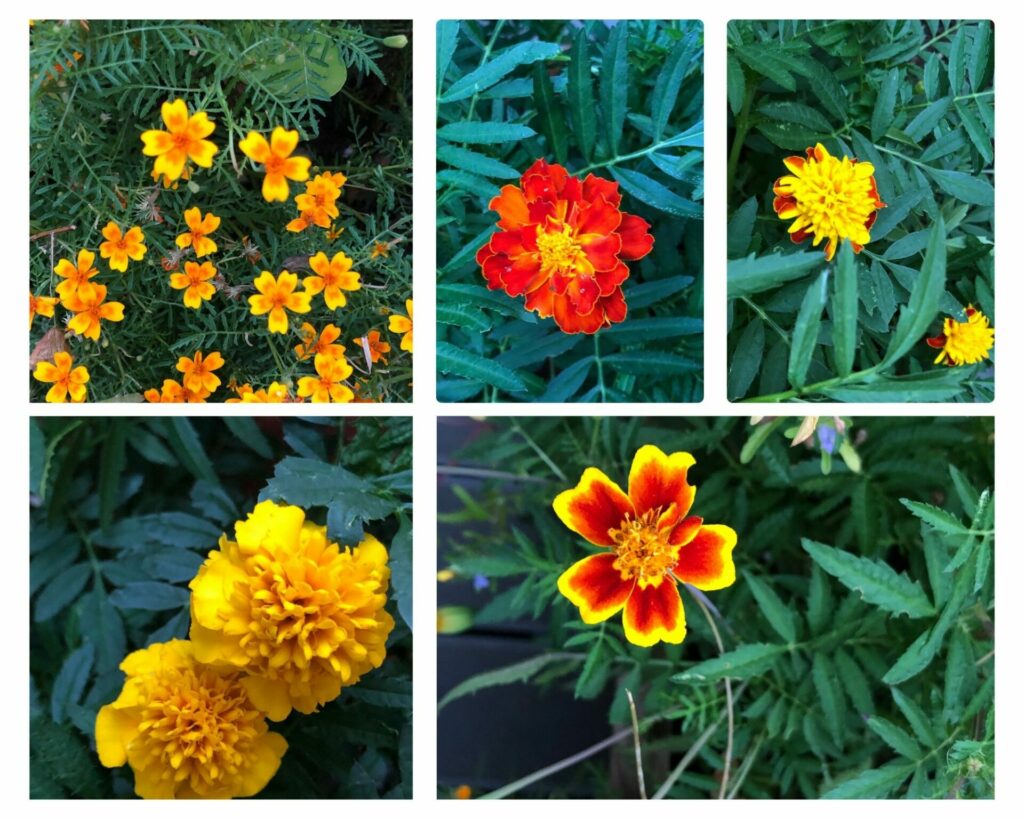
2. Madder (Rubia tinctorum)
Calendula, often called pot marigold, is a versatile and beginner-friendly plant. Its flowers range from soft yellows to deep oranges, creating warm, glowing hues for dyeing. Pollinators love it, and it thrives with minimal effort, whether in garden beds or containers.
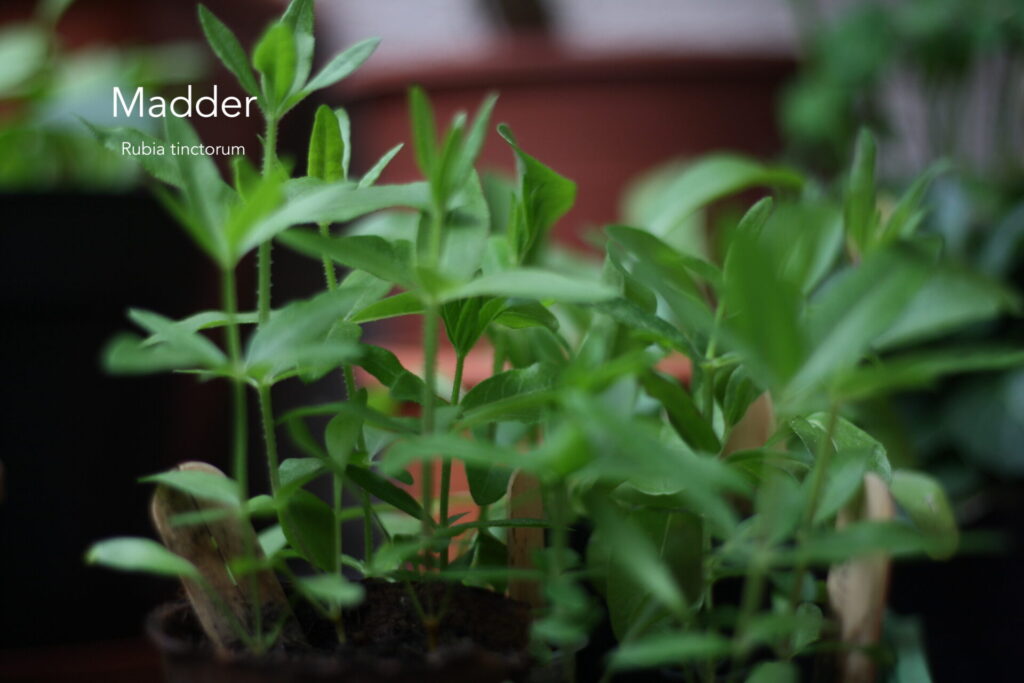
3. Dyer’s Coreopsis (Coreopsis tinctoria)
For vibrant yellows and oranges, dyer’s coreopsis is a fantastic choice. This hardy, low-maintenance plant blooms abundantly and attracts pollinators to your garden. It’s a joy to grow and rewards you with an endless supply of color for your dye pot.
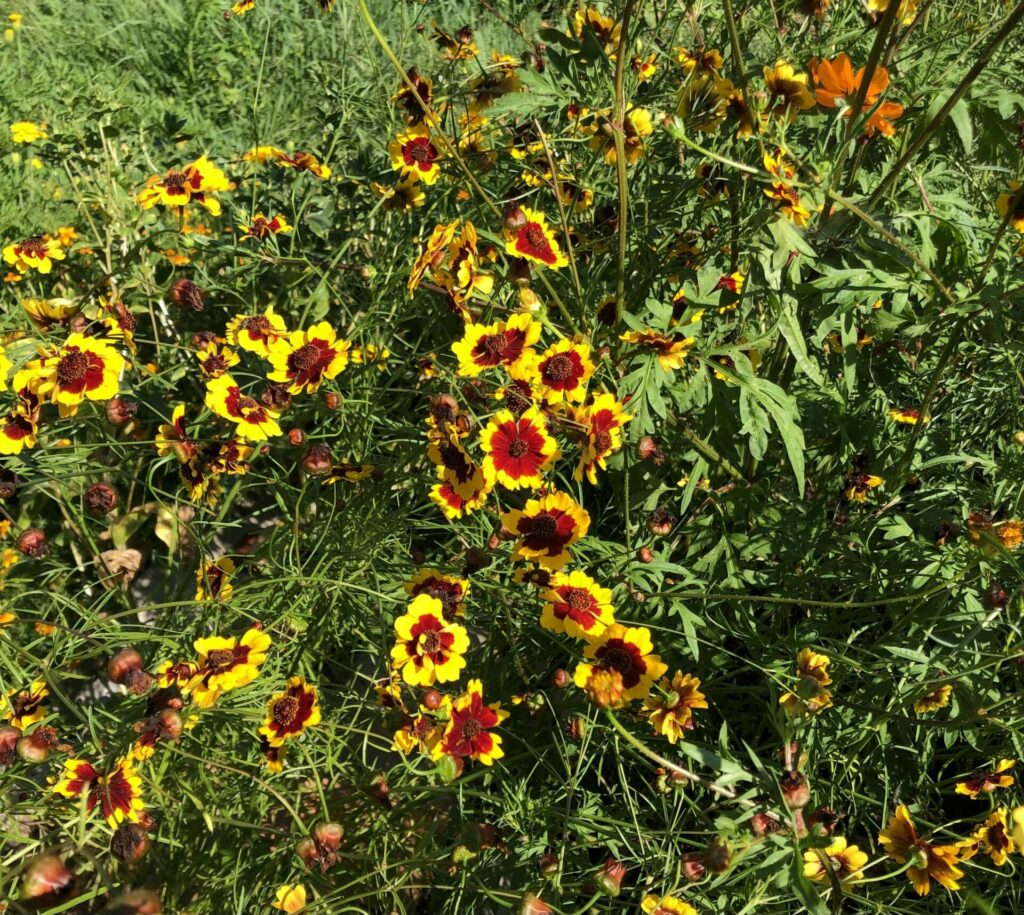
4. Japanese Indigo (Persicaria tinctoria)
If you’ve ever dreamed of creating your own blues, Japanese indigo is a must-try. While it requires a bit more care—like regular watering and partial shade—the deep blues it produces feel almost magical. Watching green leaves transform into vibrant indigo hues is a transformative experience, one that never loses its wonder.
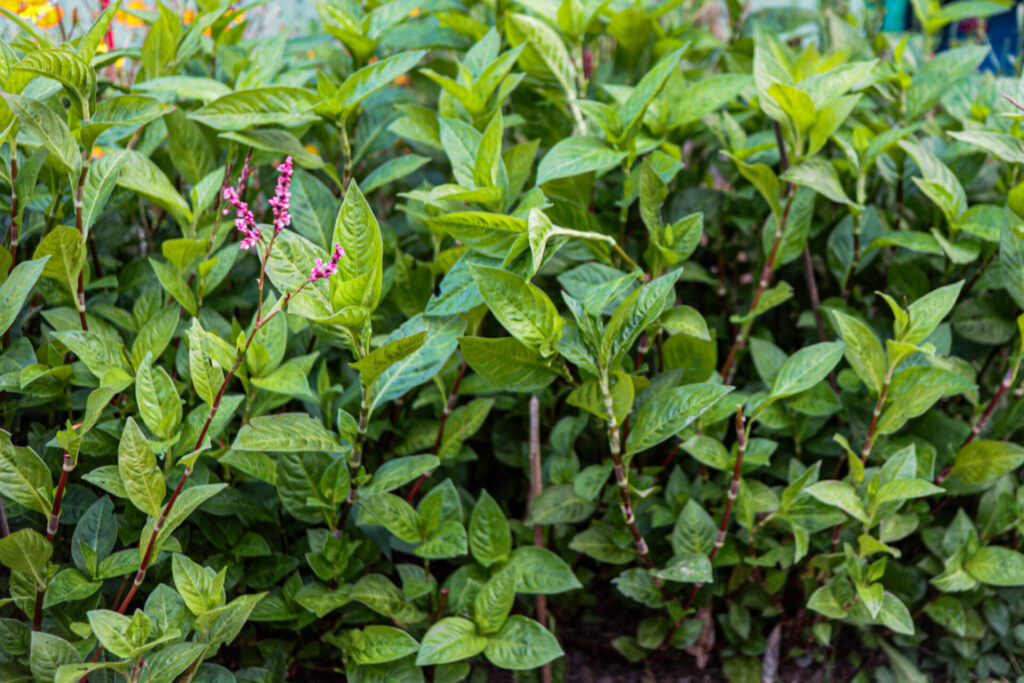
5. Cosmos Sulphureus and
Instead of woad, I recommend growing Cosmos sulphureus, which produces vibrant yellow to orange hues. This plant is not only beautiful and easy to grow but also serves as a companion plant, attracting beneficial insects like bees and ladybugs to your garden.
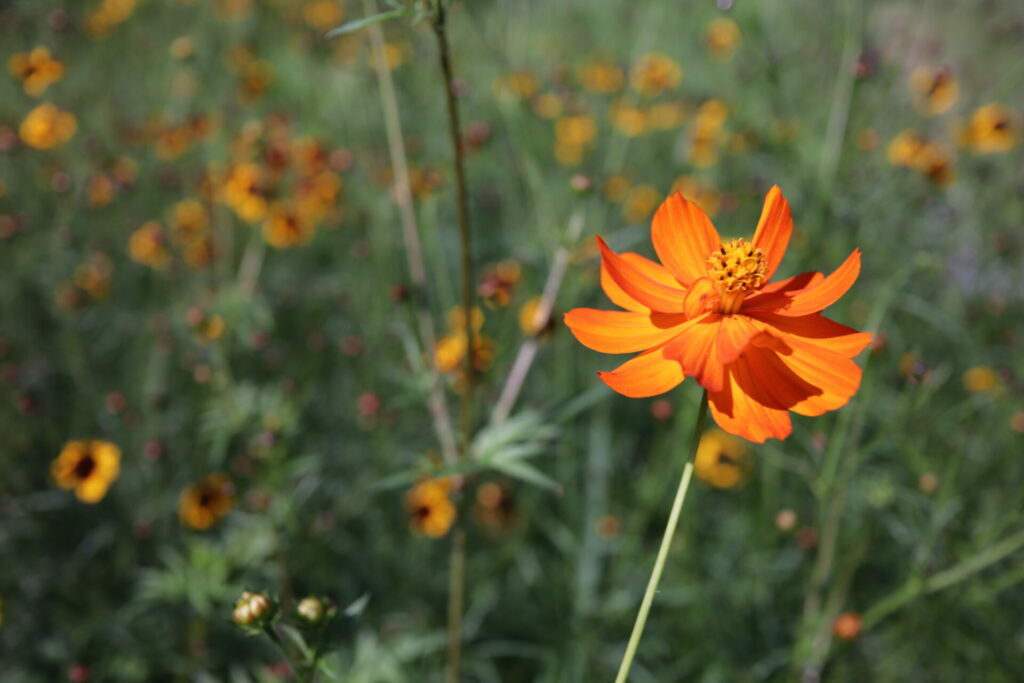
6. Dyer’s Chamomile ( Anthemis ticntoria)
The addition of Dyer’s Chamomile provides a subtle yellow and is known for its calming properties, making it a wonderful addition to your garden both for color and wellness. Both plants thrive in sunny, well-drained soil and add a burst of cheerful color to any garden space.
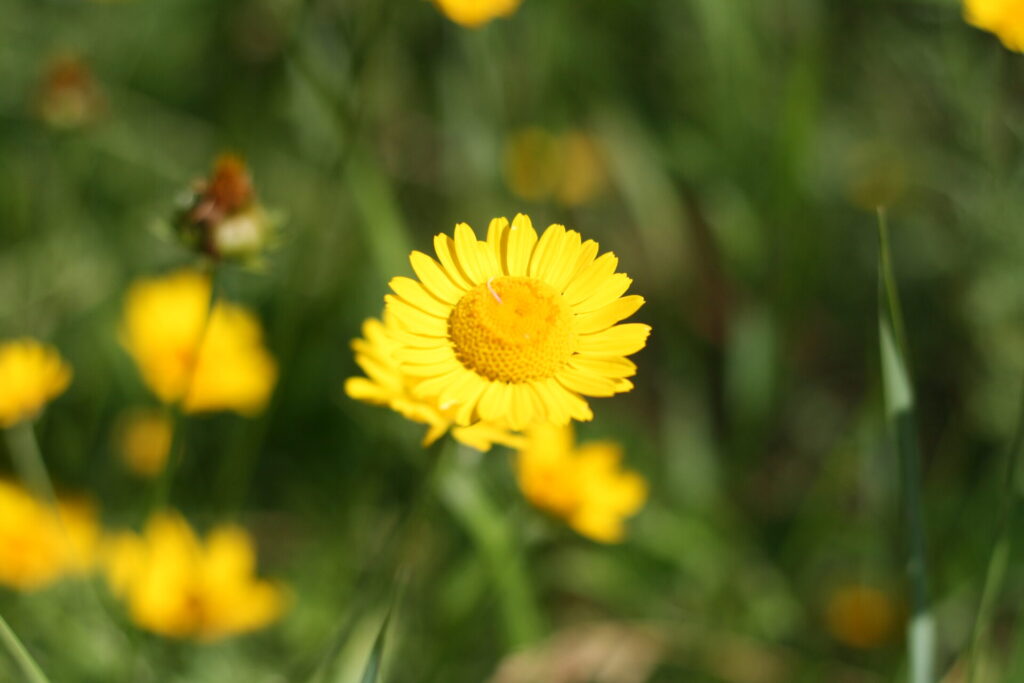
Why Gardening Matters
Gardening is a gift—not just to yourself but to the environment and the ecosystem around you. When we embrace regenerative gardening practices, we nourish the soil, create habitats for pollinators, and tread more lightly on the earth. My dye garden, for example, is more than a source of color. It’s a place where bees, butterflies, and children alike come to explore, learn, and thrive.
This journey has taught me that gardening is about more than plants; it’s about growth in every sense. Some seasons bring abundant harvests, while others teach resilience and patience. And through it all, you’ll discover that even the smallest patch of earth—or the smallest pot on a balcony—can bring a profound sense of fulfillment.
A Community of Colors
To learn more, you can watch my first webinar of 2025, where I share insights from my journey with dye gardening and natural colors.
If you’d like to explore more about growing your own dye garden, check out my dye gardening course “From Petals to Palette“. It’s a comprehensive guide that also takes you on a journey beyond Austria into the beautiful world of natural colors.
https://lostincolours.teachable.com/p/grow-a-natural-dye-garden
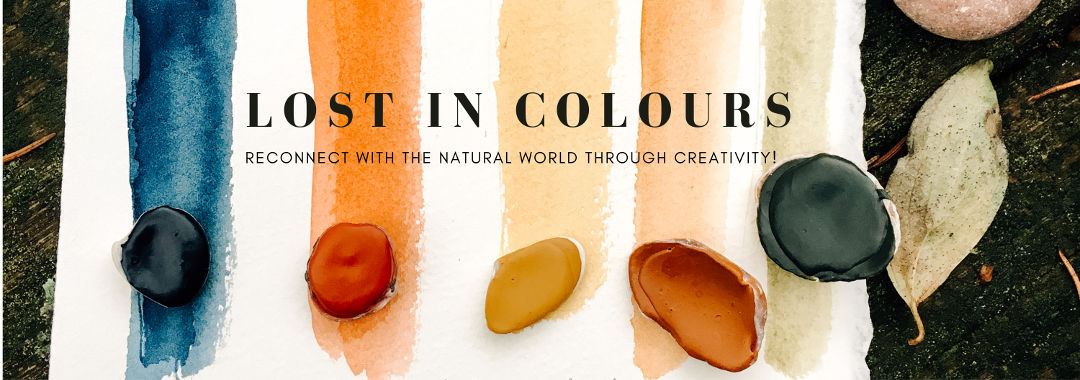
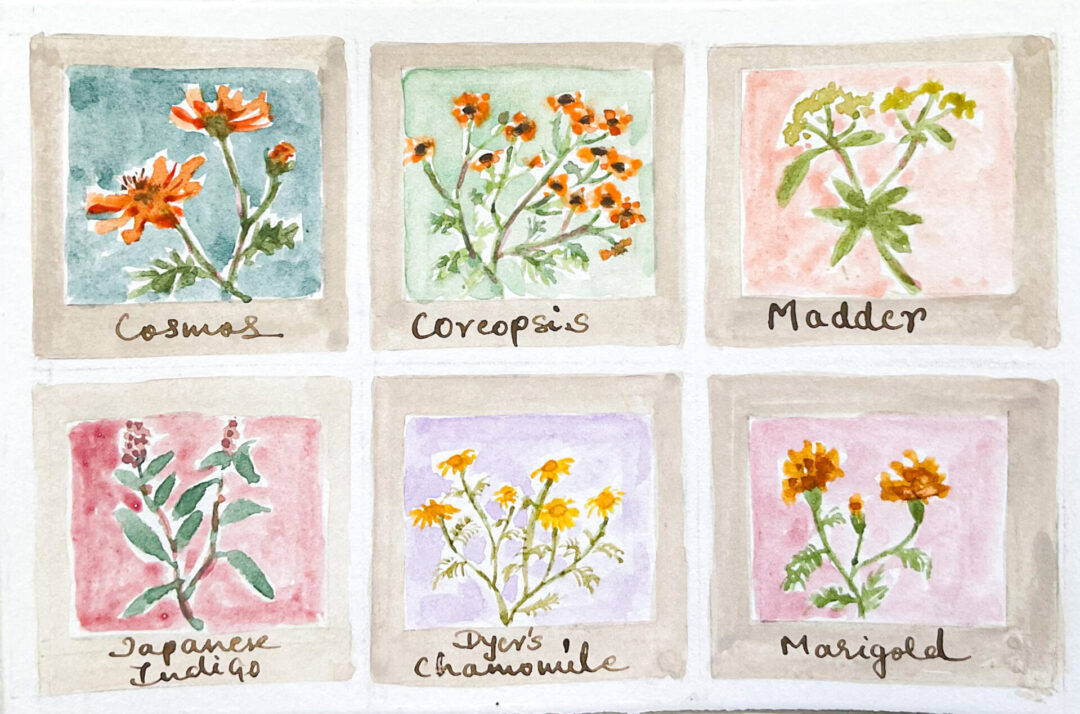
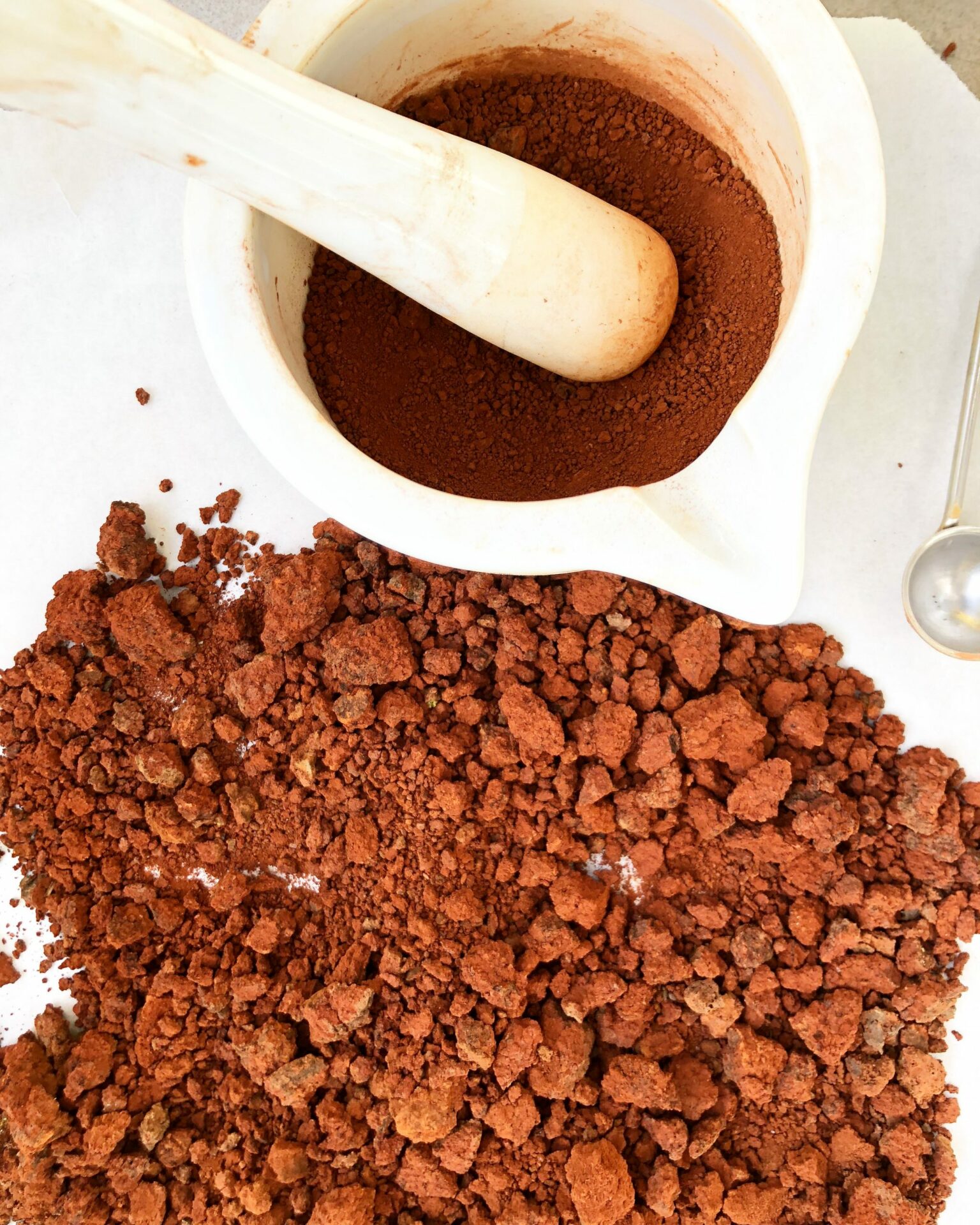
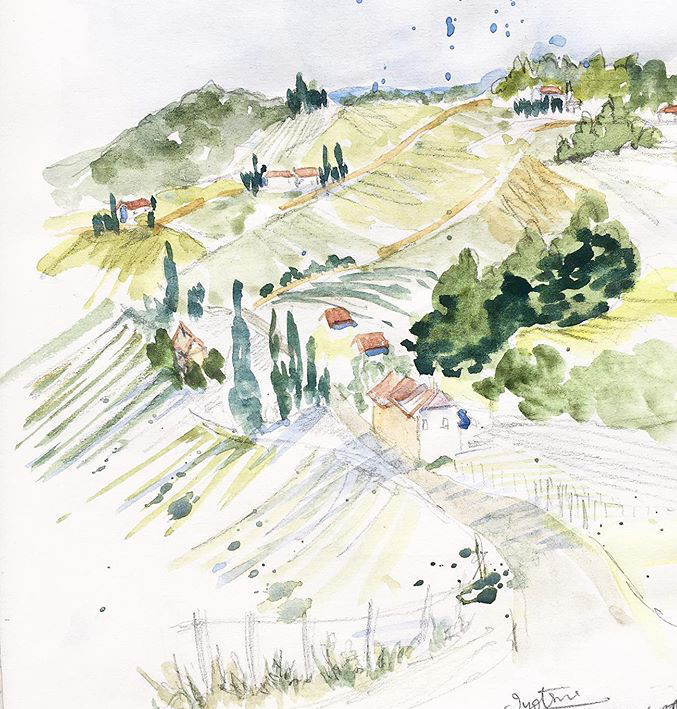
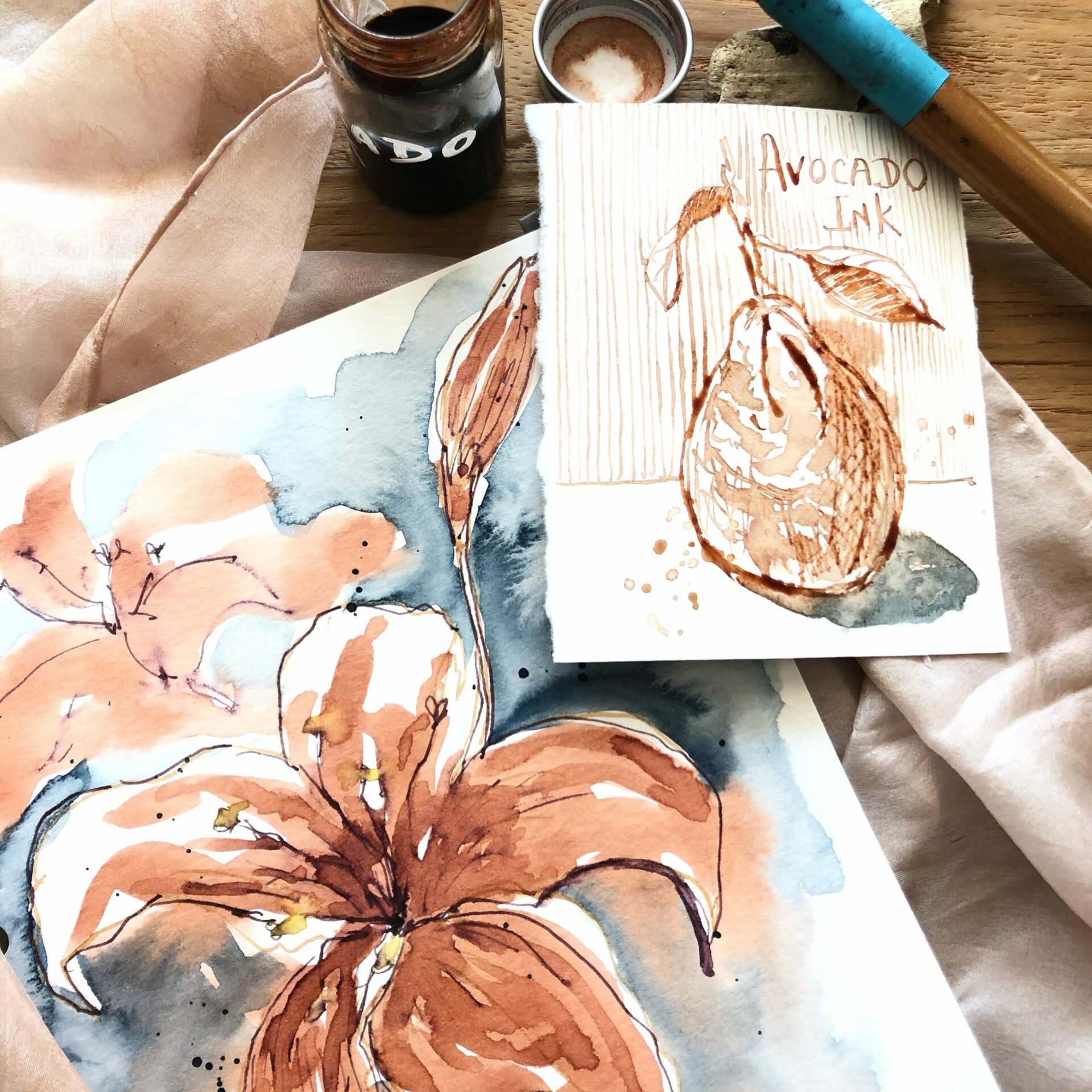
No Comments